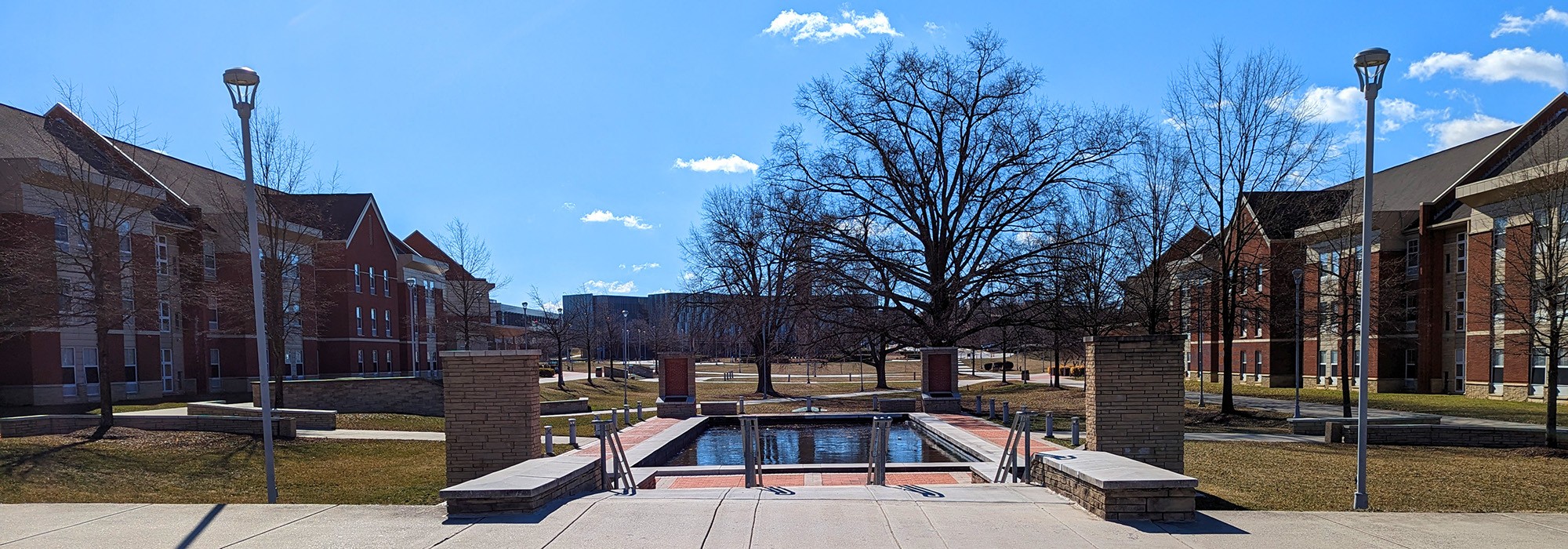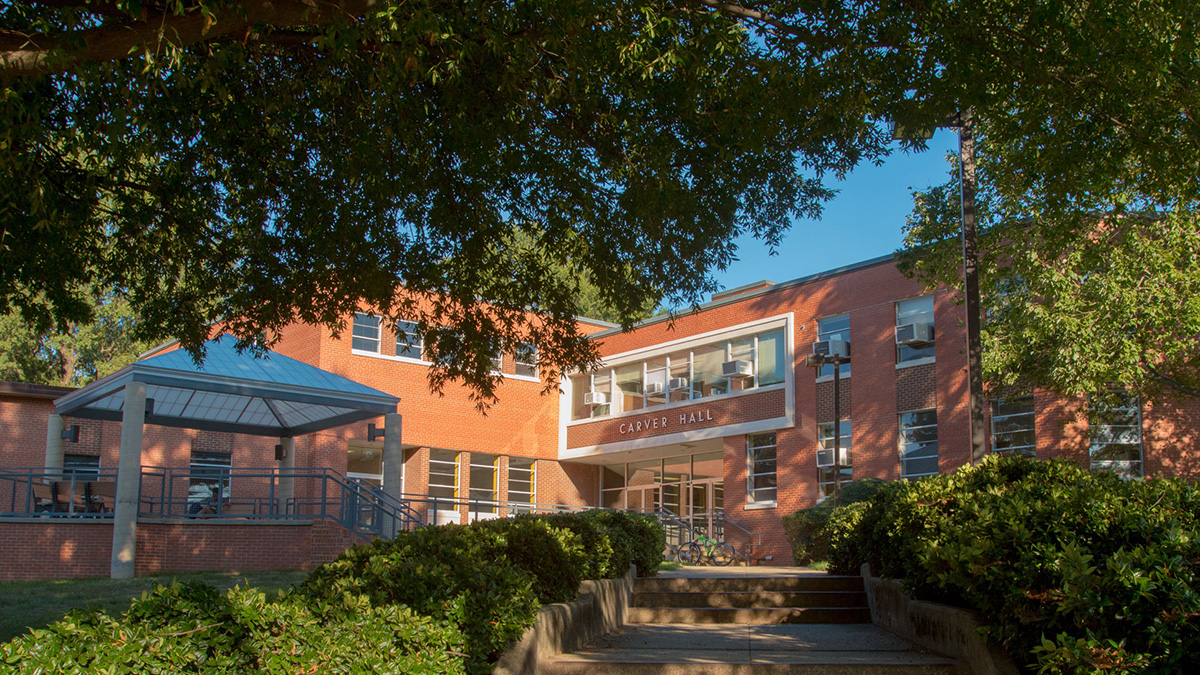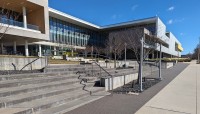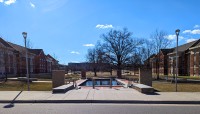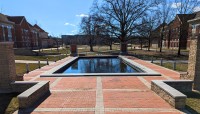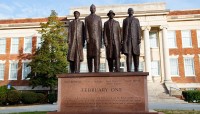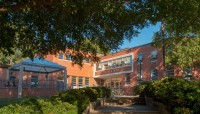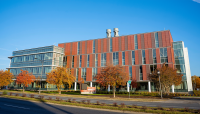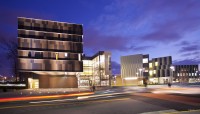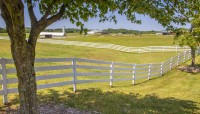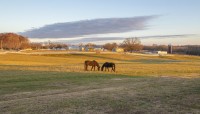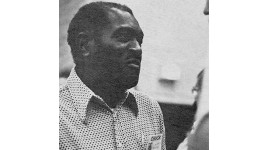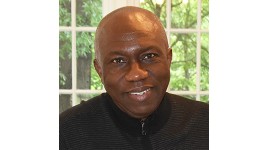Landscape Information
Located less than a mile from the city’s downtown district, this 215-acre university is one of the nation’s largest HBCUs (Historically Black College and University). Founded in 1891 as the Agricultural and Mechanical College for the Colored Race, the institution began as an annex of Shaw University in Raleigh, North Carolina. Its current location was secured through a donation of fourteen acres by local citizens in 1892. The institution acquired its current name in 1972.
Just south of Muddy Creek, and primarily bounded by O Henry Boulevard to the east and North Dudley Street to the west, the campus occupies a low point in the city’s topography. A series of quadrangles and lawns anchor academic and administrative buildings across the continuous grounds, echoing the spatial organization of its historic core in the northwest corner. Noble Hall (1922), the Dudley Memorial Building (1930), and Morrison Hall (1923), a mix of Neoclassical and Georgian Revival style buildings frame the main entrance at University Circle. Extending east from North Dudley Street, the curving drive skirts a one-and-a-half-acre lawn, where a circular bed of shrubs and flowers bordered by mature evergreens and willow oaks create a park-like setting. Diagonal paths intersect lawns throughout the grounds, a unifying feature along with plantings of willow oaks.
After purchasing land from the Immanuel Lutheran College, the campus expanded east in the 1970s. By 1975 landscape architect J.W.R Grandy became superintendent of grounds and oversaw campus development until his retirement in 1992. The entrance of the Memorial Building is fronted by a small, circular lawn which hosts "February One” (2001), a monument commemorating four A&T students who initiated sit-ins at the city’s Woolworths lunch counter in 1960.
Established in 1976, the university’s undergraduate landscape architecture program was accredited in the early 1990s and is distinguished as the only such program offered by an HBCU. In 1988 ten acres of the campus was listed in the National Register of Historic Places.



